The lab that doesn’t lie
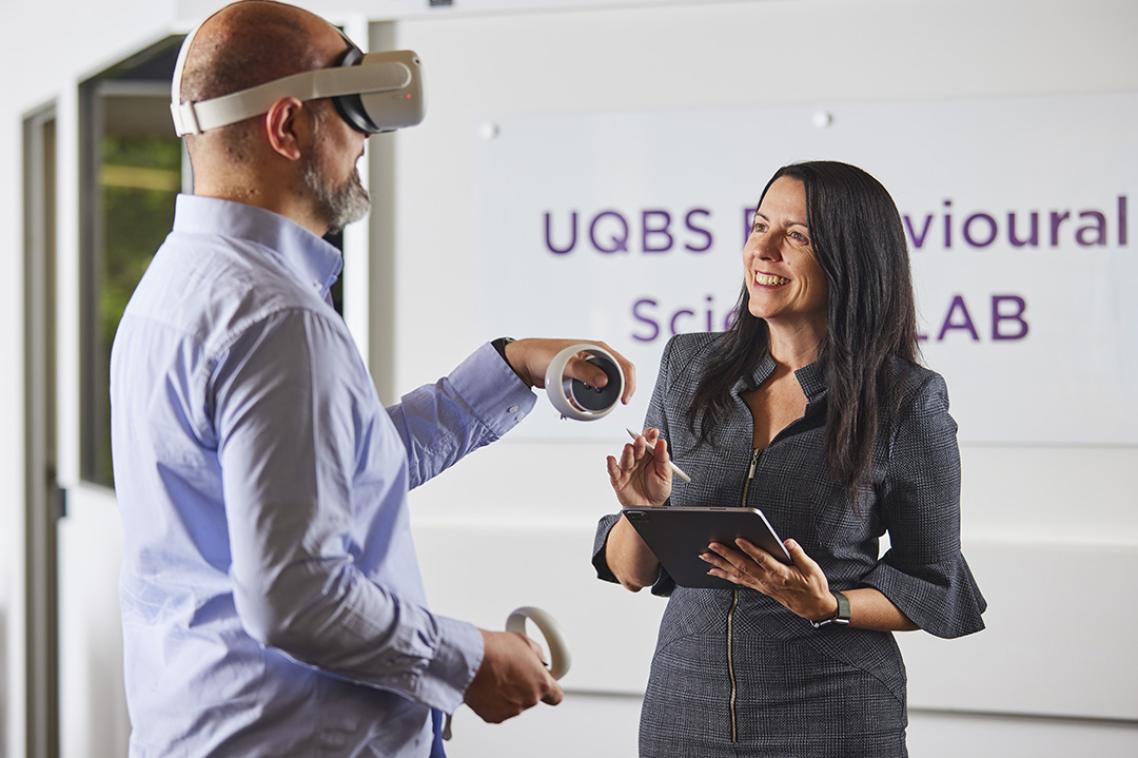
(Photo credit: The University of Queensland. )
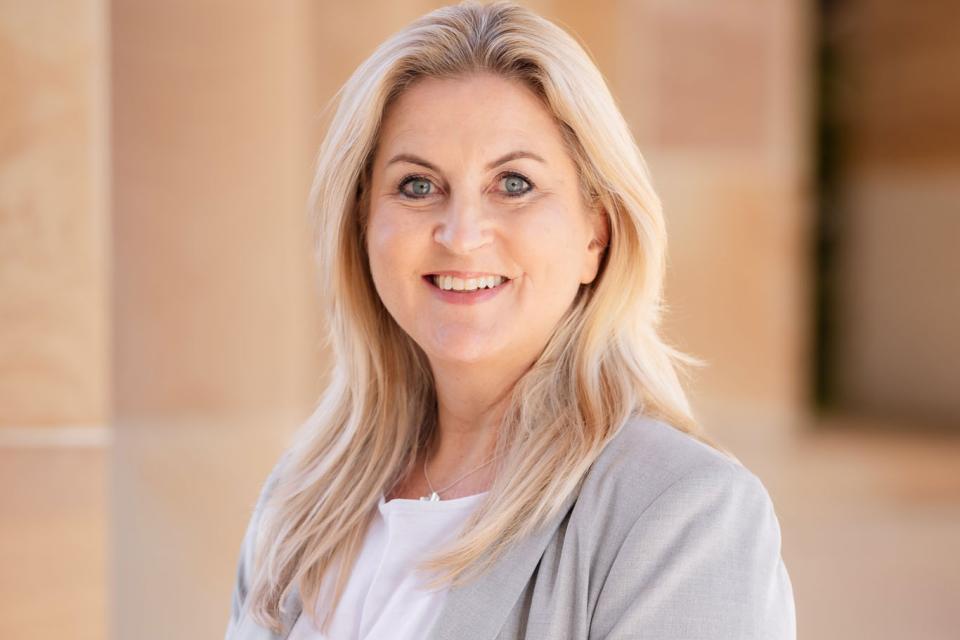
Associate Professor Gabby Walters.
From eye-tracking devices that monitor your attention to wearable devices that capture brain activity, this lab uses cutting edge technology to accurately measure human biological responses.
We sat down with lab founder and director Associate Professor Gabby Walters to discuss the ins and outs of one of the largest behavioural science labs in the world.
Meet the Machines
The lab is equipped with biometric measurement tools that capture an individual’s real time moment-to-moment responses to a broad range of stimuli.
- Eye tracking (gaze, attention, time to first fixation)
- Electrodermal activity sensors (to measure emotional arousal)
- EEG (to measure real time cognitive processing activity - motivation, appeal)
- Facial Expression Analysis Software (type of emotional response or valence)
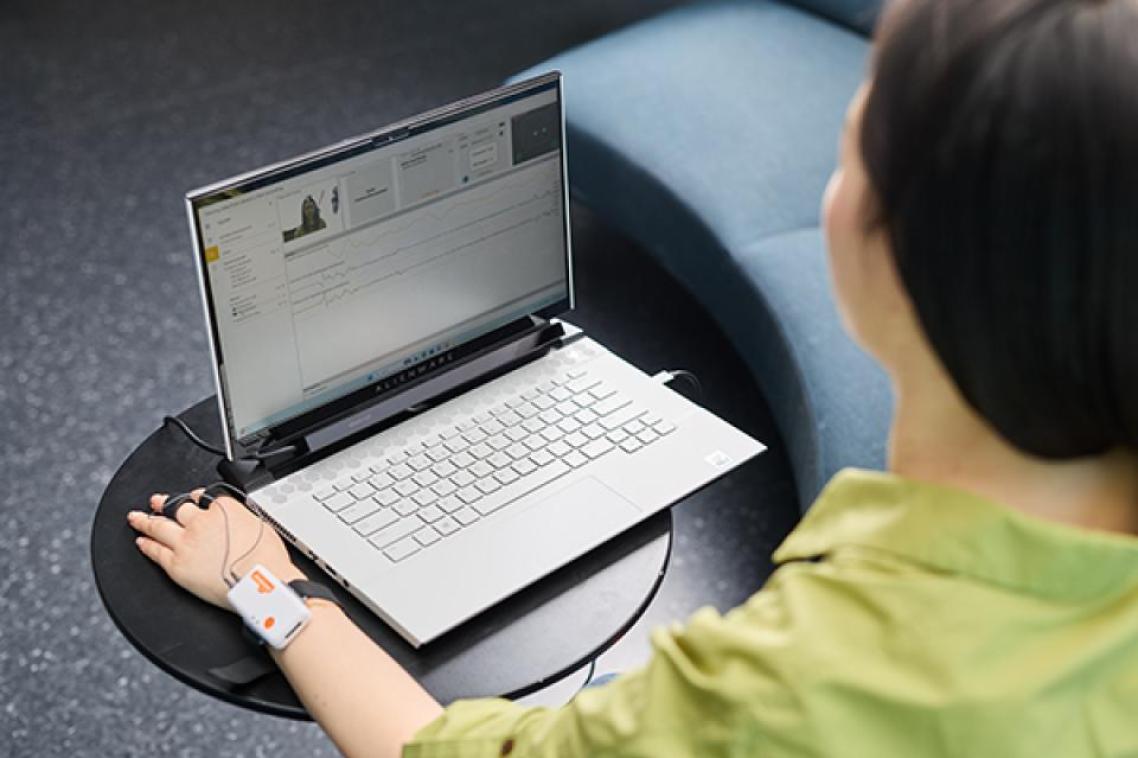
Shimmer device that measures emotional arousal or Electrodermal Activity.
(Photo credit: The University of Queensland. )
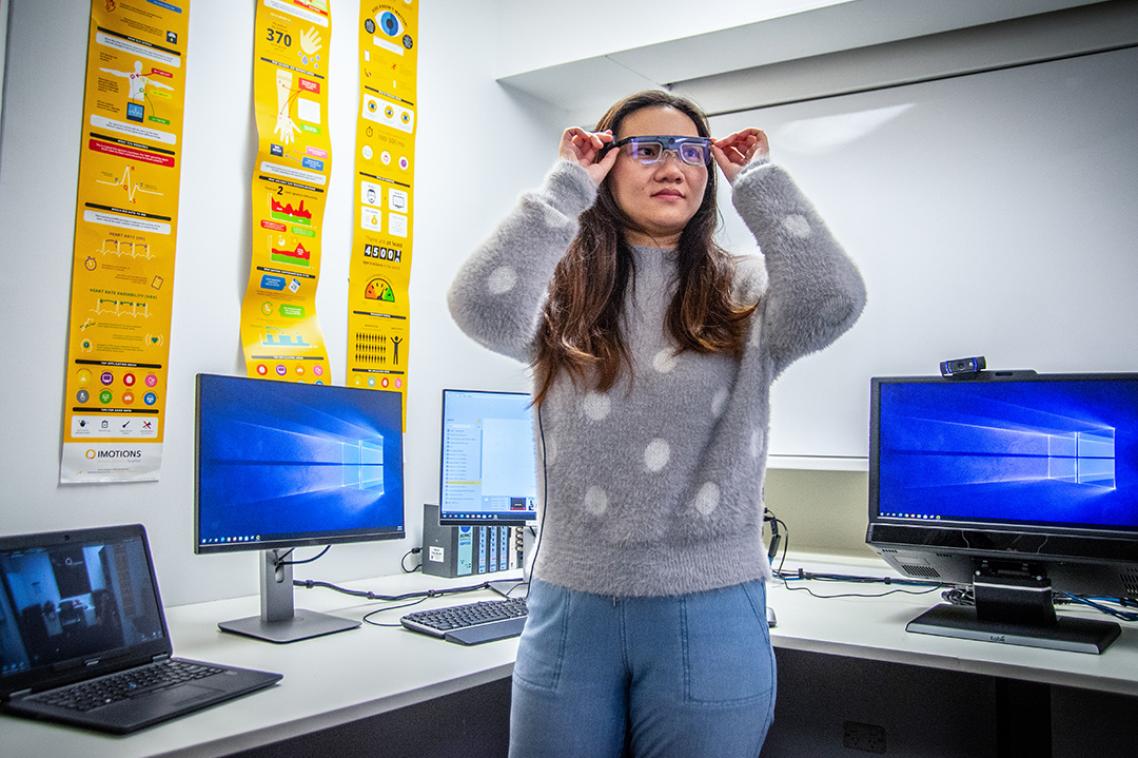
Eye Tracking Glasses.
(Photo credit: The University of Queensland. )
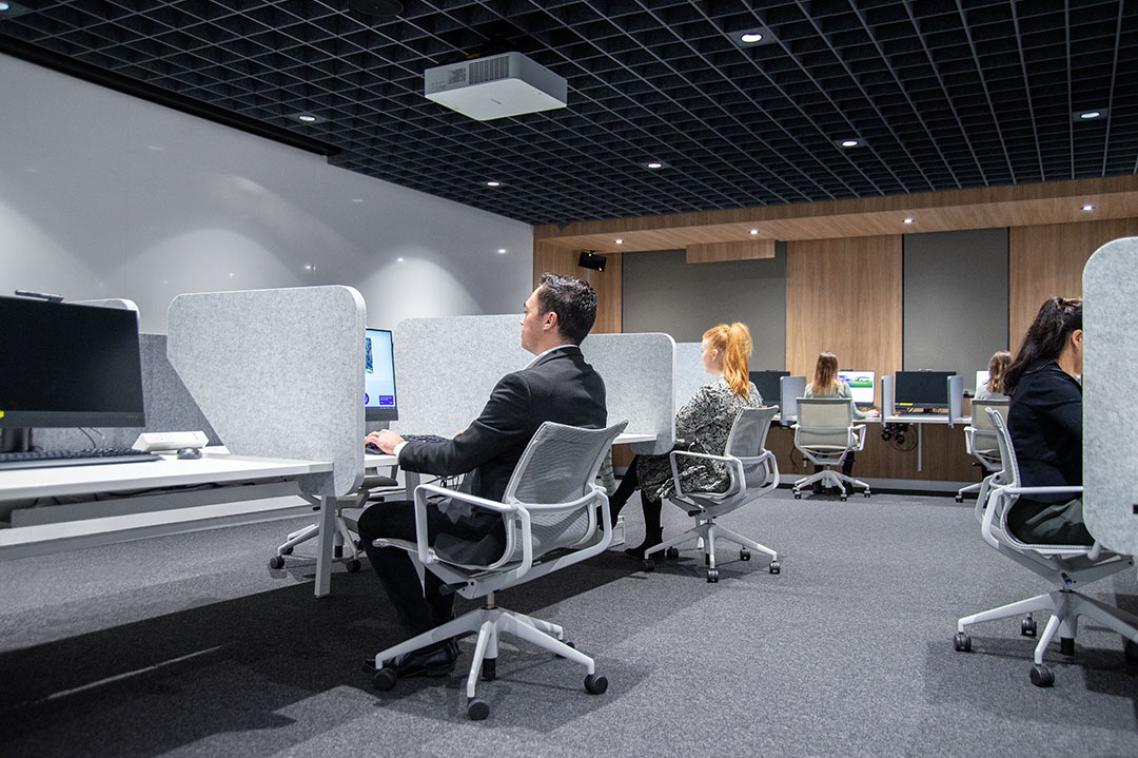
The Behavioural Science Laboratory.
(Photo credit: The University of Queensland. )
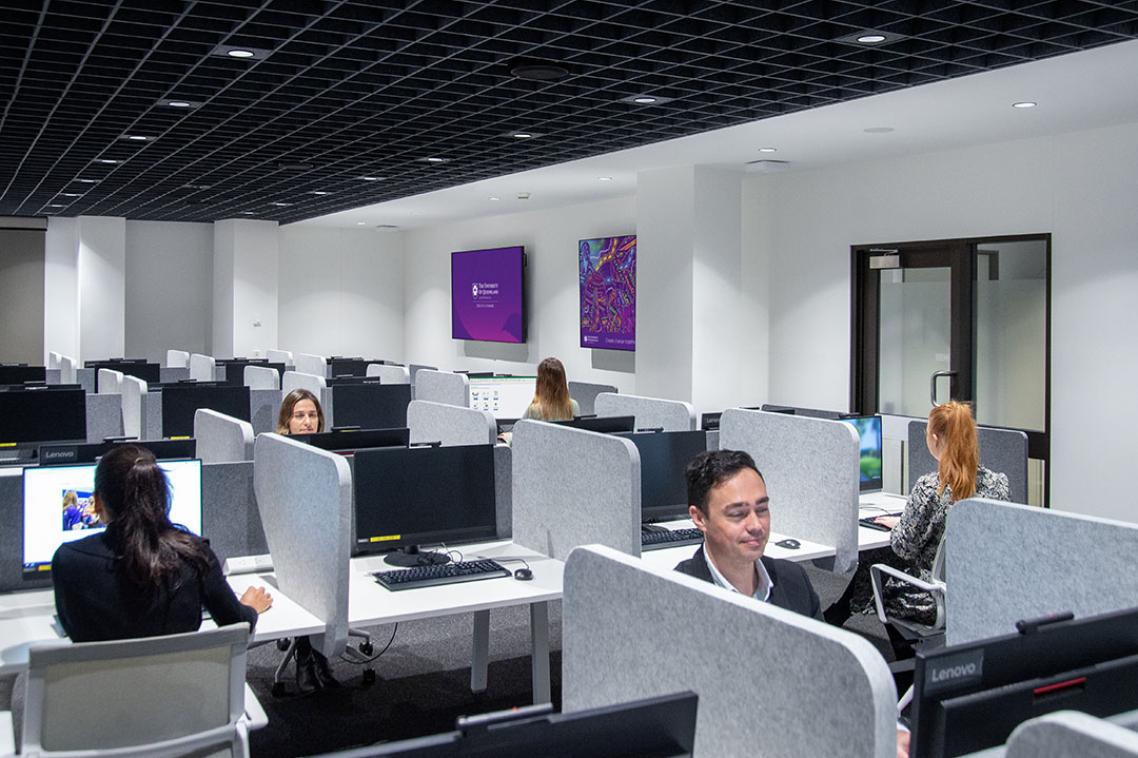
The Behavioural Science Laboratory.
(Photo credit: The University of Queensland. )
Q: What is a behavioural science lab and what kind of research happens here?
Our behavioural science lab is a place where we study why people do what they do. Our research focuses on understanding how individuals make decisions, what influences their choices and how various factors impact their behaviour. We employ advanced psychophysiological technologies to gather continuous reliable data in real time – something we cannot do using survey questionnaires!
Q: How does studying human behaviour in a lab setting translate to the real world?
It provides a controlled environment to study human behaviour, allowing us to isolate specific variables and understand their effects. By simulating real-world scenarios, such as shopping experiences or service interactions, we can observe and measure how humans are engaging with with these experiences accurately. The biometric equipment enables us to overcome what is known as the ‘attitude-behaviour’ gap. For example, we can monitor what people are really feeling as opposed to what they ‘think’ they are feeling.
These findings are easily applied to real-world contexts, helping businesses and policymakers design better products, services, and effective behaviour change interventions.
Q: Are there any common misconceptions about human behaviour that the lab debunks?
One common misconception is that consumers always make rational decisions based solely on information. Our research has shown that emotions and subconscious cues often play a significant role in decision making.
For example, factors like the design of a website or the wording of a message can influence consumer choices in ways they might not consciously realise. This is really difficult to detect in survey research. In the lab, we often compare our biometric data with survey data and the difference in response patterns confirms that biometric data is much more reliable.
Q: Do you ever use creative or unusual methods to study behaviour?
Absolutely! We often employ virtual reality (VR) to immerse participants in simulated environments, allowing us to study their reactions in lifelike scenarios without leaving the lab.
Turns out, you don’t need to go diving or snorkelling to experience the restorative benefits of swimming with dolphins. For example, one of our studies was able to reveal that virtually swimming with dolphins was just as effective as a real-life experience in helping employees feel more refreshed, less exhausted and more mindful at work. Basically, a quick virtual getaway could be a game changer for workplace wellbeing!
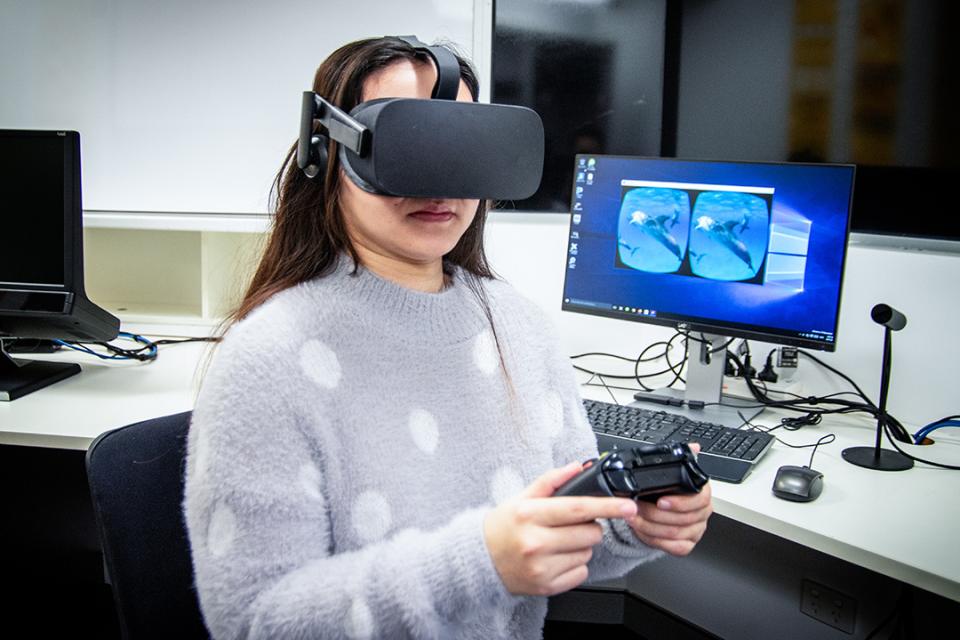
(Photo credit: The University of Queensland.)
Q: What industries or sectors benefit the most from behavioural science research?
Virtually any industry that seeks to understand human decision making or incite behaviour change can benefit! In our lab, we've collaborated with sectors like tourism, healthcare, and education.
One that jumps out is a Beach Safety Project with Surf Life Saving Queensland (SLSQ).
SLSQ wanted to make sure Chinese tourists visiting Queensland beaches understood the importance of swimming between the flags. So, the lab was used by researchers to run a series of studies to figure out what kind of safety messages worked best.
We tested how Chinese visitors responded to the safety messages already in use, like posters and beach safety videos. We used eye-tracking technology to see which parts of the messages caught their attention and which parts they ignored. We experimented with different wording and images to find out what was most effective in altering beach goers’ safety behaviour.
Another recent study undertaken by one of our PhD students used skin conductance, which tracks tiny changes in heat levels to see how emotionally engaged and attentive young travellers are to social media influencers versus destination marketing campaigns when it comes to risk taking behaviours.
Q: What’s one study you did that sticks out to you?
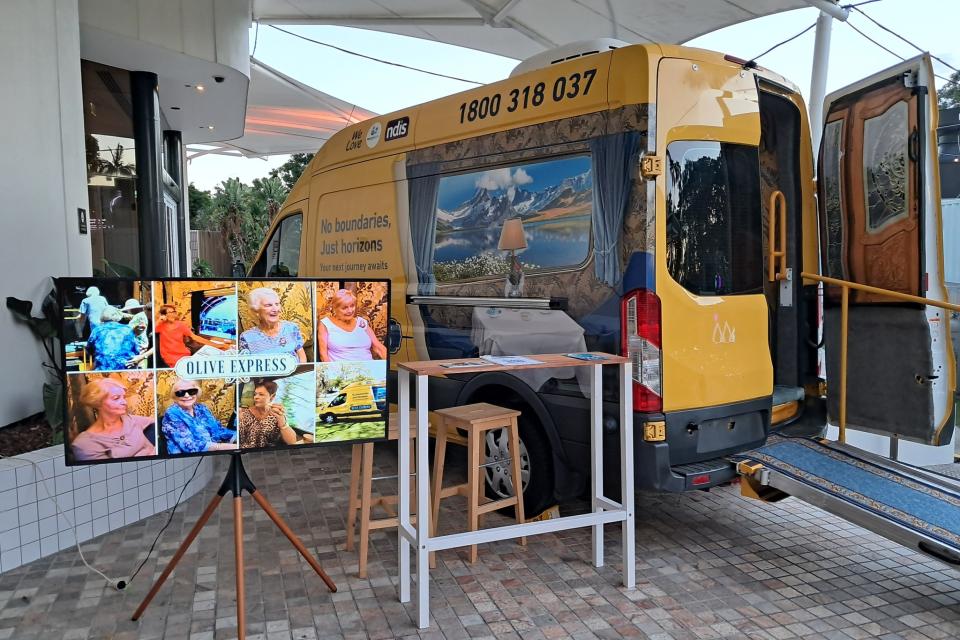
(Photo credit: Olive Express.)
The Olive Express Virtual Train Journey is a special one. It’s a fully immersive travel experience for aged care residents. Just because some seniors can’t travel anymore, it doesn’t mean they can’t experience it.
Using interviews and biometric data, we found participants felt real excitement and emotional engagement before, during and after their virtual train journey. We were able to provide significant evidence that virtual travel can bring just as much joy, stimulation and adventure to those who might not otherwise get to physically explore the world.
Q: Who can use the lab?
We welcome industry collaboration via research partnerships or consultancy agreements. The lab is also available for hire with full training provided. There are more than 185 academic researchers in the UQ Business School with a range of expertise that have access to this facility.
Whether it’s inciting behavioural change, improving well-being and performance in the workplace or better understanding customer behaviour, we deliver reliable and valid insights people can trust.
Topics
Related articles
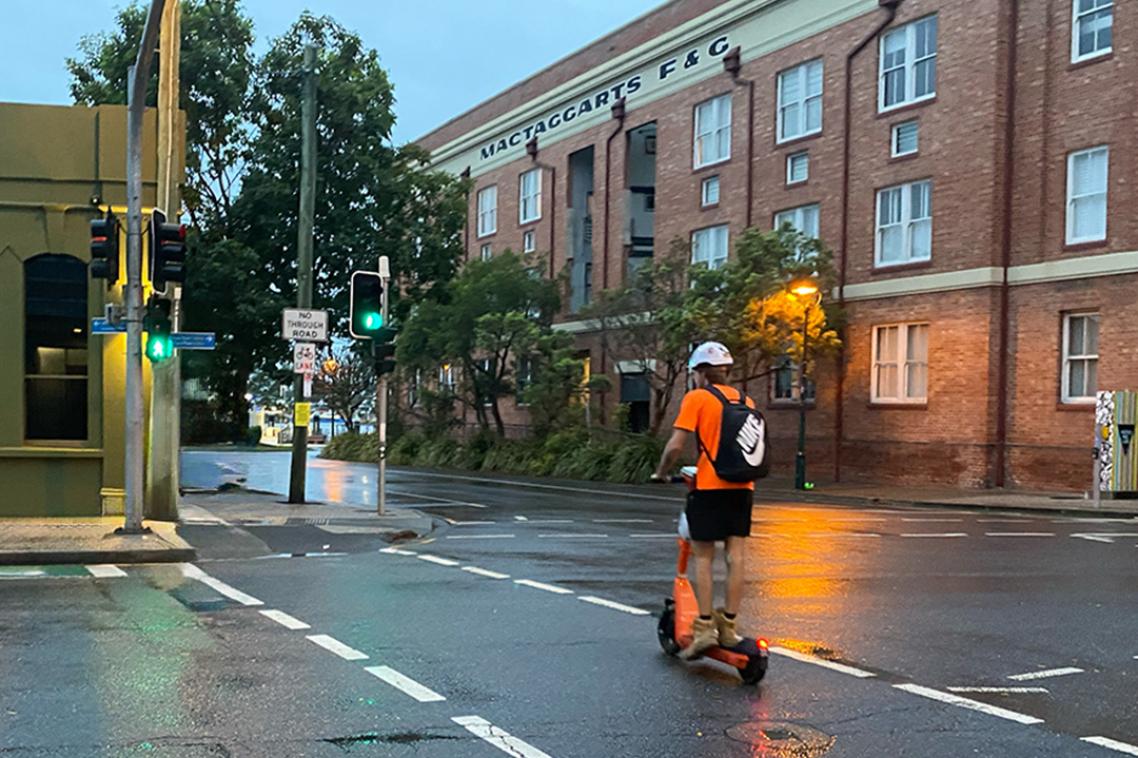
Safety check for Brisbane e-scooter riders

UQ to upskill miners across Latin America
Media contact
UQ Communications
communications@uq.edu.au
+61 429 056 139
